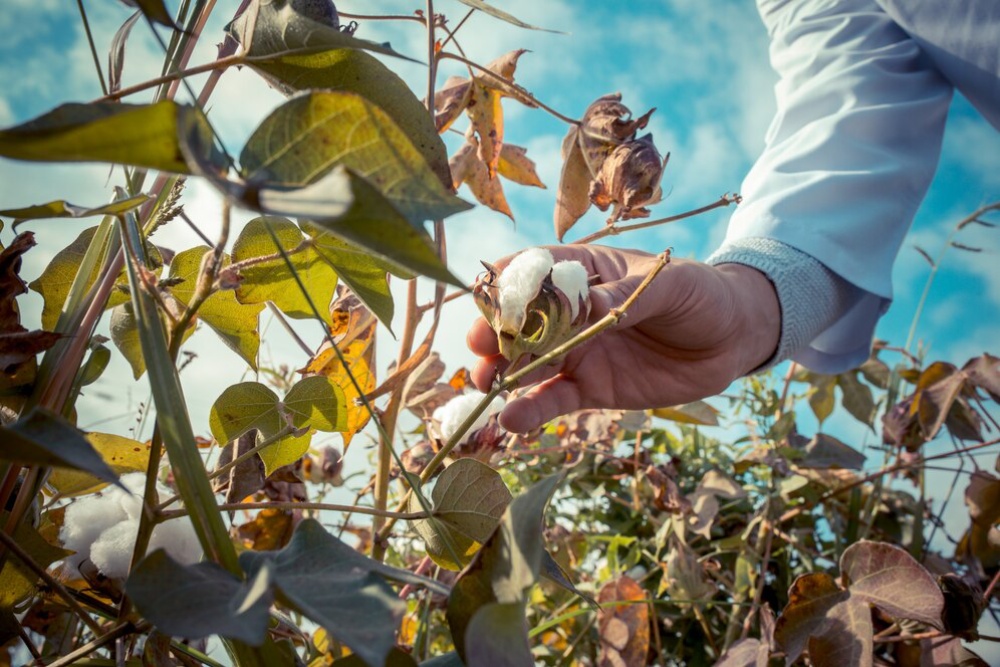
The Best Eco-Friendly Designer Brands to Watch
The luxury fashion industry is undergoing a green revolution. Many high-end brands embrace sustainable practices. Eco-friendly designer labels combine ethics with elegance. They prioritise environmentally conscious materials, ethical production processes, and transparent supply chains.
This guide covers the top sustainable luxury brands. We’ll examine their eco-friendly strategies and what makes them shine in the green fashion movement.
Why Eco-Friendly Designer Brands Matter
Growing Consumer Demand for Sustainability
Luxury consumers are increasingly prioritising sustainability and transparency when shopping for designer pieces. Industry reports show that more than 70% of fashion buyers like brands that care about the environment.
Fashion’s Environmental Impact
The fashion industry is responsible for about 10% of global carbon emissions. It also creates a large amount of waste. Eco-conscious designers are reducing this impact through:
- Ethical sourcing of materials.
- Water-efficient production methods.
- Carbon-neutral manufacturing.
The Rise of Green Luxury
Sustainable designer brands show that eco-friendly fashion can be both luxurious and stylish. By blending craftsmanship with sustainability, these brands are redefining high-end fashion.
Key Takeaway: Eco-friendly designer brands focus on luxury and responsibility. They meet the needs of conscious consumers.
Top Sustainable Luxury Brands
Stella McCartney: The Pioneering Force in Green Fashion

Stella McCartney is a trailblazer in sustainable luxury. This brand is renowned for its commitment to ethical fashion practices. The brand uses:
- Vegan leather made from recycled materials.
- Eco-friendly fabrics, including organic cotton and recycled nylon.
- Carbon-neutral production processes.
Sustainable Initiatives:
- The brand introduced Mylo™, a mushroom-based leather alternative. This reduces the need for animal leather.
- Its eco-conscious eyewear line uses bio-acetate, a biodegradable material.
Why It Stands Out: Stella McCartney proves that vegan and eco-conscious fashion can be both stylish and luxurious.
Eileen Fisher: Timeless and Sustainable
Eileen Fisher is known for its simple style and eco-friendly values. The brand creates timeless, sustainable pieces. The brand’s practices include:
- Organic and natural fibres: Uses GOTS-certified organic cotton, linen, and hemp.
- Circular fashion program: The Renew initiative resells gently worn pieces. It promotes recycling and waste reduction.
- Bluesign®-certified dyes: Ensures non-toxic, environmentally safe dyeing processes.
Sustainable Initiatives:
- The Resewn collection features upcycled pieces, giving pre-loved garments a second life.
- The brand offers take-back programs, encouraging customers to return old pieces for resale or recycling.
Why It Stands Out: Eileen Fisher champions slow fashion with a focus on quality, longevity, and sustainability.
Mara Hoffman: Bold Designs with a Green Heart
Mara Hoffman combines vibrant, artistic designs with strong sustainability principles. The brand prioritises:
- Eco-friendly fabrics: Uses TENCEL™, hemp, organic cotton, and recycled polyester.
- Low-impact production: Ensures ethical manufacturing processes with fair wages and safe working conditions.
- Biodegradable packaging: Uses compostable and recycled shipping materials.
Sustainable Initiatives:
- The brand offers swimwear made from recycled plastic bottles, reducing plastic waste.
- Carbon-neutral shipping reduces the environmental impact of deliveries.
Why It Stands Out: Mara Hoffman combines bold designs with a strong focus on sustainable materials and ethical production.
Gabriela Hearst: Luxury Meets Sustainability
Gabriela Hearst is redefining luxury fashion with a focus on sustainable craftsmanship. The brand’s key practices include:
- Natural and regenerative materials: Uses organic wool, linen, and cashmere.
- Plastic-free policies: Packaging is entirely free of plastic.
- Traceable supply chains: Customers can trace the origin of each garment, promoting transparency.
Sustainable Initiatives:
- The brand’s zero-waste runway shows that it uses only sustainable materials.
- Gabriela Hearst introduced carbon-neutral shows, reducing the environmental impact of events.
Why It Stands Out: The brand leads in sustainable luxury through traceability, carbon neutrality, and responsible sourcing.
Reformation: Stylish and Sustainable

Reformation is renowned for its eco-conscious yet trend-forward designs. This appeals to fashion-savvy, sustainability-minded consumers. The brand focuses on:
- Eco-friendly fabrics: Uses TENCEL™, linen, and recycled cotton.
- Water-efficient production: The brand’s denim uses 98% less water than conventional denim production.
- Carbon-neutral practices: The company offsets its carbon footprint by investing in clean energy.
Sustainable Initiatives:
- RefRecycling program: Allows customers to send in old clothing for recycling.
- Transparent reporting: The brand publishes annual sustainability reports detailing its environmental impact.
Why It Stands Out: Reformation provides stylish, trendy items that emphasise sustainability and transparency.
Patagonia: Luxury Outdoor Apparel with a Purpose
Patagonia is famous for its outdoor wear. But it also attracts luxury shoppers with its high-quality, sustainable pieces. The brand champions:
- Eco-friendly materials: Uses recycled wool, organic cotton, and Fair Trade-certified fabrics.
- Repair and reuse programs: Encourages customers to repair and resell old items.
- Environmental activism: The brand donates 1% of sales to environmental causes.
Sustainable Initiatives:
- Worn Wear program: Promotes circular fashion by reselling pre-loved Patagonia items.
- The brand runs carbon-neutral operations, reducing its footprint.
Why It Stands Out: Patagonia’s commitment to sustainability and activism makes it a leader in eco-conscious outdoor luxury.
Key Sustainable Features to Look for in Designer Brands
3.1. Sustainable Materials

When shopping for eco-friendly luxury fashion, look for brands that use:
- Organic fibres: Cotton, linen, and hemp are grown without harmful chemicals.
- Recycled fabrics: Polyester, nylon, and wool made from recycled materials.
- Eco-friendly leather alternatives: Vegan leather made from plant-based or recycled fibres.
Tip: Look for certifications like GOTS, OEKO-TEX, and Bluesign®. They show real sustainability claims.
Ethical Production Practices
Sustainable designer brands prioritise:
- Fair wages and safe working conditions.
- Transparent supply chains with traceability.
- Low-impact dyeing and washing processes.
Tip: Brands with Fair Trade or B Corp certifications prioritise ethical production.
3.3. Circular Fashion Programs
Look for brands that offer:
- Take-back programs for recycling or reselling old items.
- Upcycled collections using waste materials.
- Resale partnerships with platforms like Vestiaire Collective.
Tip: Circular fashion reduces waste and promotes sustainable consumption.
Eco-Chic: How Luxury Brands Are Redefining Green Fashion
Top designer brands in the luxury fashion industry are now embracing sustainability. They are adopting eco-friendly practices to lead the way. Stella McCartney offers vegan luxury, while Gabriela Hearst focuses on traceable sourcing. These brands show that fashion can be both rich and responsible.
Support the green luxury movement as a conscious consumer. Choose brands that care for the environment. Invest in timeless, high-quality items. Prioritise sustainable materials and transparency.


